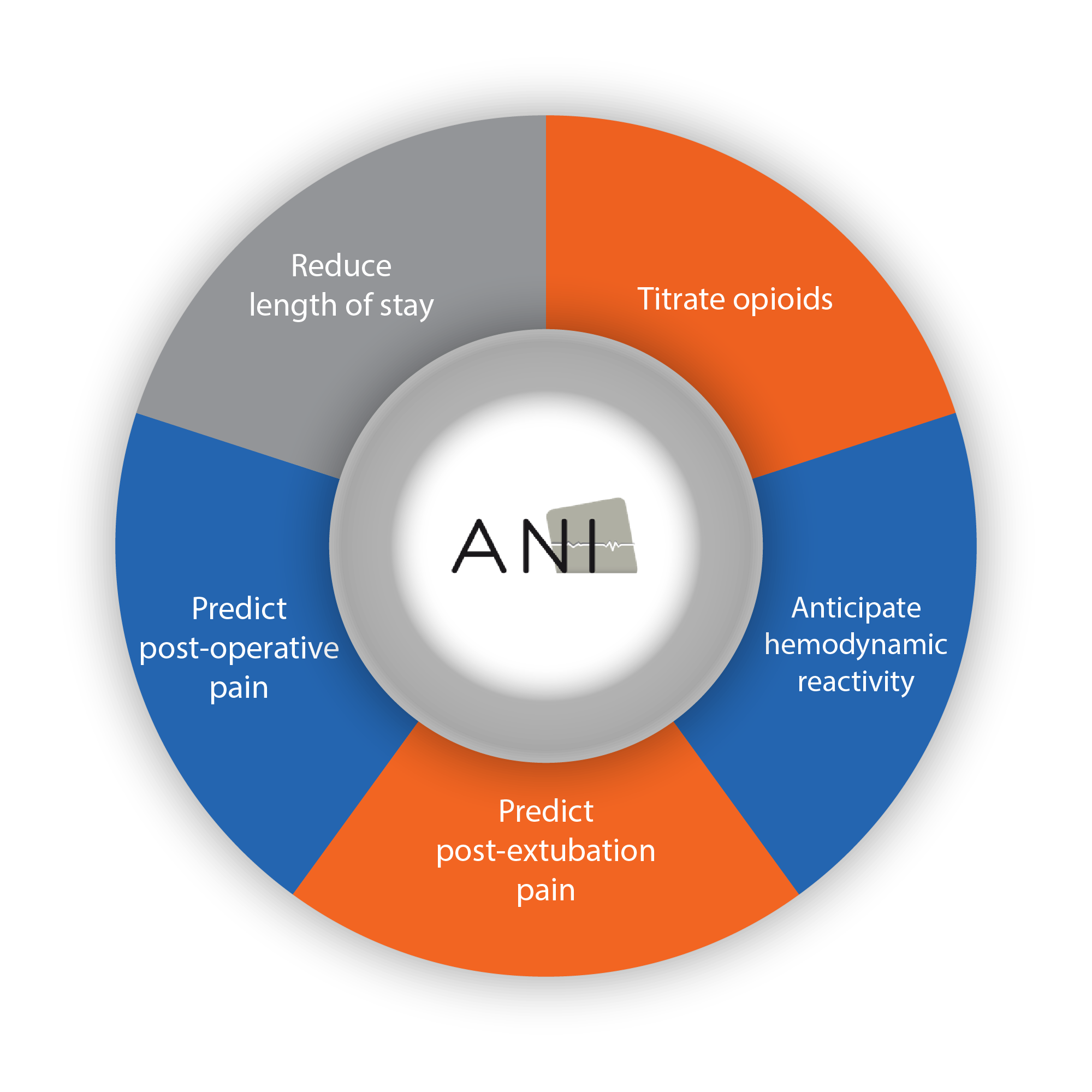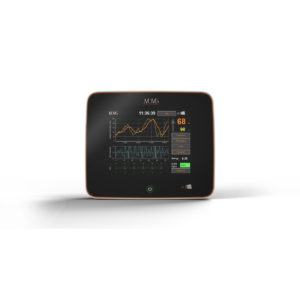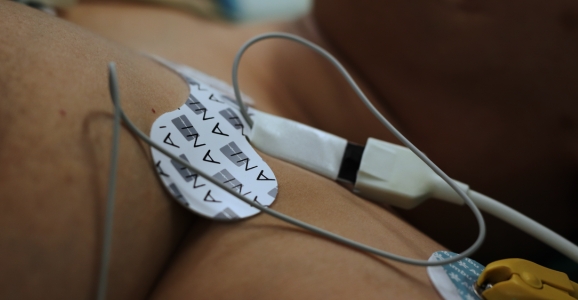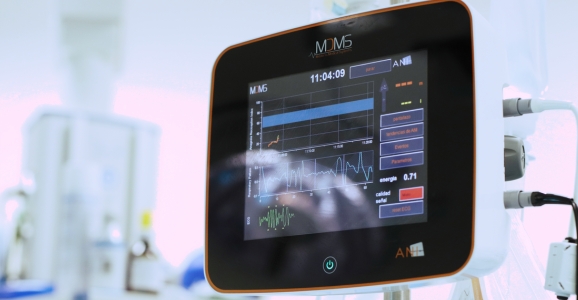In the operating theatre and intensive care unit
Towards new methods for assessing pain
Pain control is an important objective for healthcare teams, in the operating theatre during general anaesthesia, in intensive care as well as in situations where patients are unable to communicate the intensity of the pain they feel, for example in unconscious patients, those who are disabled, or in neonatology and paediatrics.
In these situations, conventional pain assessment methods (visual scale, verbal scale, etc.) cannot be used. Indirect methods based on haemodynamic parameters such as heart rate, blood pressure and a few other clinical signs (sweating, tears, etc.) can be used but are not considered reliable.
I use the ANI monitor daily during non-opioid anesthesia to titrate non-opioid analgesic drugs. This allows me to reduce the doses of dexmedetomidine and lidocaine, for a faster and better recovery process for the patient, as hemodynamics do not always reflect the patient's surgical stress.
Dr. Jan Paul J Mulier MD.Department of Anesthesiology and Intensive Care, AZ Sint-Jan Brugge KULeuven & UGent.
Monitoring the ANI: Analgesia Nociception Index
A system for monitoring parasympathetic activity
Numerous studies show that analysis of respiratory sinus arrhythmia (variation in heart rate influenced by normal breathing) opens a window onto the autonomic nervous system (ANS), which is itself influenced by nociception.
MDoloris has developed the ANI (Analgesia Nociception Index) which measures heart rate variability: an alternative technology to empirical methods. Heart rate variability is higher when parasympathetic activity dominates sympathetic activity. Its aim is to better manage pain treatment and optimise the doses of analgesics administered.
ANI technology, as well as being a pain monitoring system, is a system for monitoring parasympathetic activity, which provides information about the body’s state of comfort or discomfort.

The ANI monitor is very useful for monitoring the patient's autonomic nervous system, particularly in those on mechanical ventilation, in order to titrate analgesia-sedation. This enables the patient to be properly synchronized with the ventilator, while avoiding the side effects of overdosing, saving drugs and enabling earlier weaning from mechanical ventilation.
Dr. Carlos Chamorro Jambrina.Intensive Care Unit – Puerta de Hierro Majadahonda Hospital, Madrid.





